
Winston Lui's 1987 Buick Grand National.Brendan McAleer/The Globe and Mail
If this car had a first name, it’d be Darth. Black paint. Black bumpers. No badges out back, just a pair of tail lights like red lightsabers. This is a 1987 Grand National, and it’s one of the most thrilling cars ever made by Buick.
Wait, that can’t be right. Surely a Buick is the sort of car your grandmother drove before she gave up her licence, some beige-coloured sedan with styling like a used bar of soap and a suspension made of butterscotch pudding. Buicks aren’t cool, surely?
They used to be. Buick once built cars like the commanding and chrome-laden Roadmaster, or the gorgeous 1960s Riviera. There was the Wildcat, the Electra, the GSX with its massive V8. Buicks had performance and prestige, and in 1987, you could stroll down to your local Buick dealership to buy an all-black Buick that could blow the scissor doors off a Lamborghini Countach.
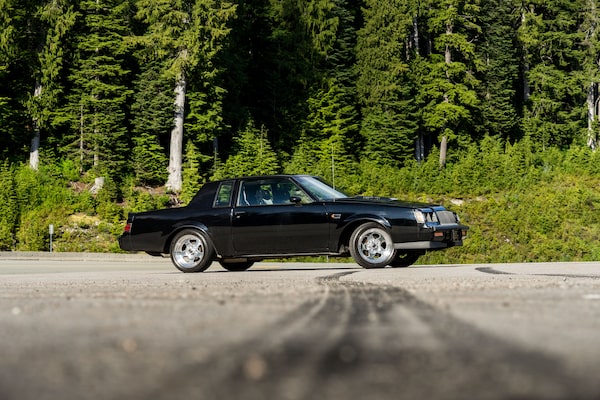
In a Car and Driver test, a Grand National once outpaced a Lamborghini Countach and Ferrari Testarossa.Brendan McAleer/The Globe and Mail
That’s not hyperbole. In 1987, a Grand National was tested by Car and Driver and accelerated from zero to 60 miles an hour in 4.9 seconds. It was a tenth or two of a second faster than the results for either the Countach or the Ferrari Testarossa, two of the greatest cars to ever grace a poster.
The pride of Italy was stomped all over by a General Motors product with cushy seats and an automatic transmission, those screaming V12s humbled by a growly pushrod V6 from Michigan. Suddenly, kids in the late 1980s started putting different posters up on their walls.
This particular example is a 1987 Grand National, which in its day was rated at 245 horsepower and 355 lb.-ft. of torque. It has belonged to Winston Lui since 1991, and he’s kept it carefully preserved, with a few very rare options. He drives and enjoys it regularly, however, having put more than 100,000 kilometres under its wheels over the years. A member of the local Buick Grand National Racing Association Car Club, he usually brings his car out on cruises and meets.
“I really love seeing them all together,” Lui says. “You roll up, and people just stop and stare.”

Lui's well-preserved Buick has a few very rare features.Brendan McAleer/The Globe and Mail
As we stand next to his car at the bottom of the hill, a hot-rodded Chevy pickup drives past and flashes a thumbs-up. People who know their cars know what a Grand National is, even with its very discreet badging.
The Buick Grand National takes its name from NASCAR, where the “Grand National” was the name of the racing championship before the tobacco sponsors arrived and it became the Winston Cup. It’s since been named the Cup Series. In 1981 and 1982, Darrell Waltrip raced Mountain Dew-liveried Buick Regals to series victory, and Buick’s marketing department saw an opportunity.
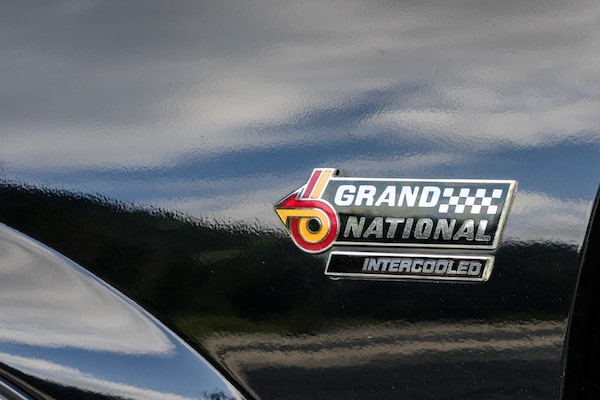
The Grand National took its name and inspiration from stock-car racing.Brendan McAleer/The Globe and Mail
Happily, so did Buick’s engineers. One, named Ken Baker, had already hit on turbocharging as an experimental way to boost the power of smaller V6 engines to match V8 outputs. He got the go-ahead to build a pace car for the 1976 Indy 500. American racing legend Dan Gurney, who’d won at the 24 Hours of Le Mans, drove it so quickly around the track that the tires were worn out in just four laps.
Baker’s vision and the timing of Waltrip’s victories were a perfect match for Buick. By 1984, Buick was selling an all-black two-door sedan with performance that was just a hair or two behind the Corvette. By 1987, the last year of production, a Grand National owner might grin cheekily over at a Corvette at the dragstrip, knowing that the Buick was actually the fastest car GM currently produced.
Thank turbocharging for the boost. Exhaust gases drive a turbine connected by a shaft to a compressor. That compressor spins, ramming air into the Grand National’s 3.8-litre V6 engine, the air first passing through an intercooler to scrub off some of the power-sapping heat. Under hard acceleration, Lui’s Grand National whistles like a kettle, scorching off down the road.
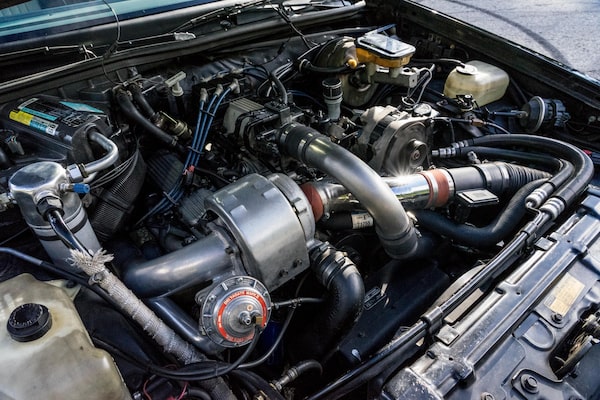
A turbocharged 3.8-litre engine gives the Grand National its power.Brendan McAleer/The Globe and Mail
Factory performance was fierce, but the Grand National really came alive when the hot-rodders got their hands on the blacked-out Buicks. Some of the local club members have doubled the car’s power by increasing the boost pressure, improving exhaust flow and fitting it with larger turbochargers.
In this way, the Grand National forms a sort of bridge between different car cultures. On one hand, it’s a true muscle car, one of the last of the breed. Its steering and handling are rooted firmly in the 1970s, with its aging G-body General Motors architecture. The braking is also not quite as stout as the performance. The Grand National is all about straight-line speed.
On the other hand, it’s a forward-looking car. Turbocharged V6s are found in countless performance sedans these days. The Grand National is a link between domestic hot-rodders and the turbo-obsessed import-enthusiast crowd. It’s a Buick that appeals to anyone with a need for speed.
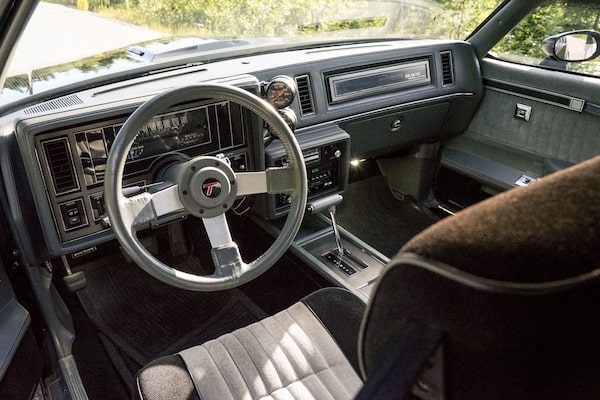
The Grand National was all about straight-line speed, in the tradition of American muscle cars.Brendan McAleer/The Globe and Mail
Further, the Grand National is still very much part of popular culture. You can see one owned by “Killer” Mike Render, one half of the rap duo Run The Jewels. It’s featured in the music video for their just-released song Ooh La La. Render unlocks the trunk to reveal cases of champagne. It’s a Buick worth celebrating.
As a last hurrah, just before production ended, Buick took 547 Grand Nationals off the line and handed them to ASC/McLaren, a specialist builder. The result was the GNX, the fastest and best handling of the Grand Nationals. A GNX is highly collectible today, with a low-mileage version worth as much as $200,000 at auction.
Interesting, yes, but not quite as cool as the Grand Nationals of Lui and his fellow club members. These are the cars that you’ll see out there on sunny summer evenings or bright weekend morning runs. They’re the rumble and whistle of GM’s past. They’re a living reminder that Buick used to be cool. It used to have a dark side.
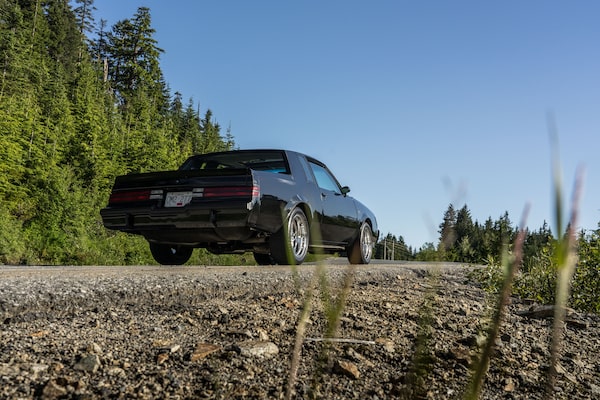
Brendan McAleer/The Globe and Mail
Shopping for a new car? Check out the Globe Drive Build and Price Tool to see the latest discounts, rebates and rates on new cars, trucks and SUVs. Click here to get your price.
Stay on top of all our Drive stories. We have a Drive newsletter covering car reviews, innovative new cars and the ups and downs of everyday driving. Sign up for the weekly Drive newsletter, delivered to your inbox for free. Follow us on Instagram, @globedrive.